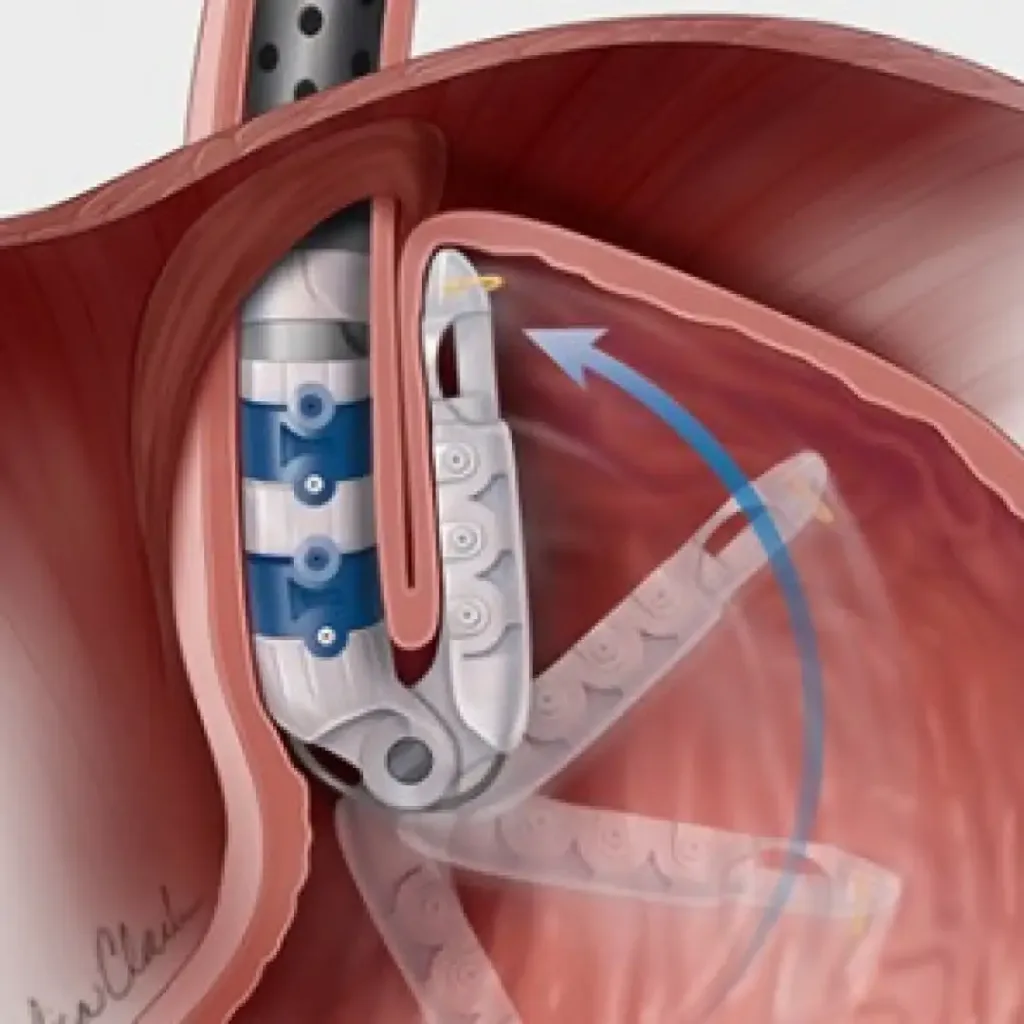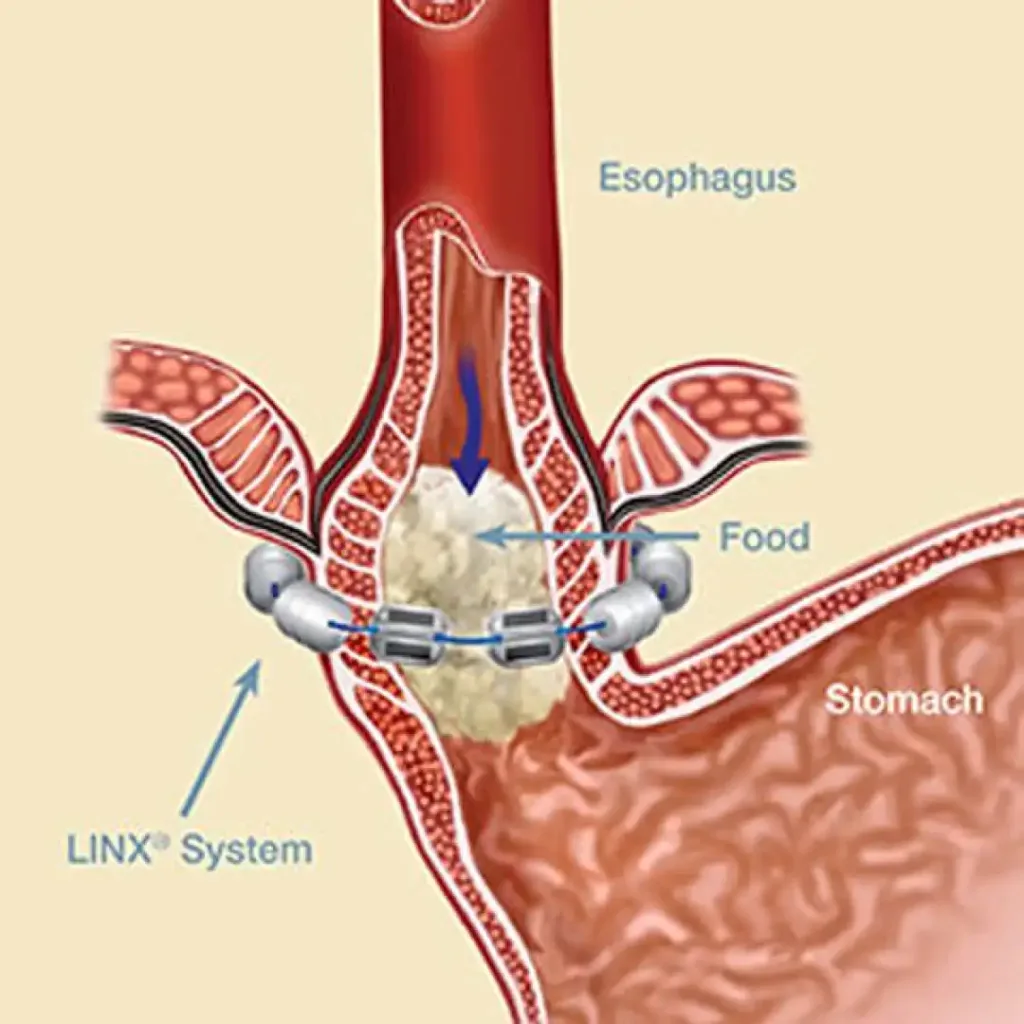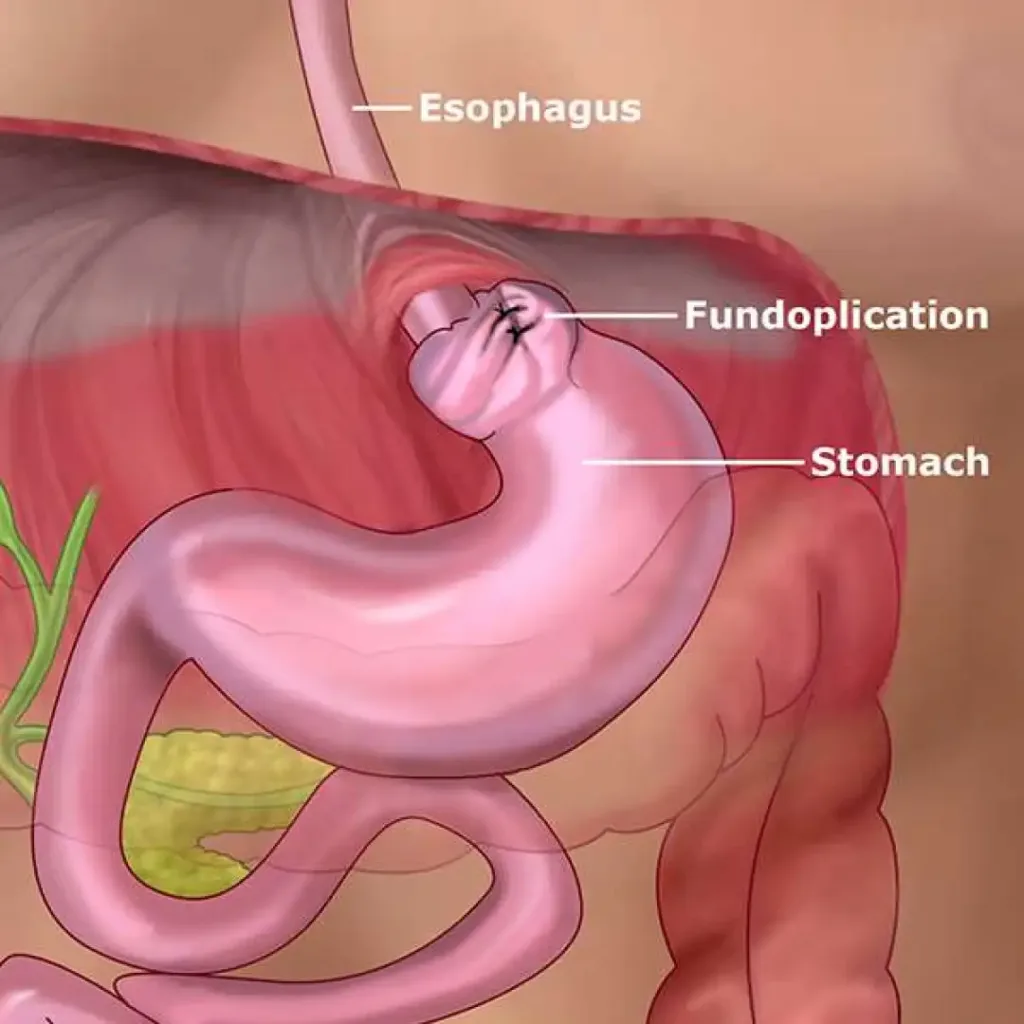Gastroenterology
What is the transverse abdominis muscle (corset muscle)
The transverse abdominis muscle, commonly referred to as the “corset muscle,” plays a vital role in maintaining trunk and spine stability. Located deep within the abdominal wall, beneath the rectus abdominis (the “six-pack” muscle), it is considered one of the core muscles. This article aims to provide insights into the significance of the transverse abdominis muscle and offer effective training methods to strengthen it.
Understanding the Transverse Abdominis Muscle: The transverse abdominis muscle is a crucial component of the core musculature, contributing to the stability and support of the trunk and spine. It functions by compressing the abdominal contents, providing a corset-like effect. Strengthening this muscle is beneficial for overall posture, athletic performance, and injury prevention.
Effective Exercises for Training the Transverse Abdominis Muscle:
Plank Exercise: The plank exercise is a classic and highly effective method for targeting the transverse abdominis muscle, along with other muscles in the abdominal wall and core. To perform a plank, assume a push-up position and support your body weight on your forearms and toes, maintaining a straight line from head to toe. Hold this position for a specified duration, gradually increasing the time as your strength improves.
Side Plank Variation: Similar to the standard plank, the side plank primarily engages the transverse abdominis muscle and also activates the oblique muscles on the sides of the abdomen. To perform a side plank, lie on your side and prop yourself up on one forearm, with your legs stacked on top of each other. Keep your body in a straight line and hold the position for a prescribed time, gradually increasing the duration as you progress.
Pilates Method: Pilates exercises are renowned for their emphasis on proper posture, alignment, and core stability. Numerous Pilates exercises effectively target the transverse abdominis muscle. Some notable exercises include the hundred, rolling like a ball, and single-leg stretch. Incorporating these exercises into your routine can significantly strengthen your transverse abdominis muscle.
Vacuum Exercise: The vacuum exercise is a simple yet effective technique specifically designed to engage the transverse abdominis muscle. To perform the vacuum exercise, stand with your feet hip-width apart and draw your belly button toward your spine, contracting the transverse abdominis muscle. Maintain this contraction for several seconds before releasing. Repeat the exercise for multiple sets, gradually increasing the duration of the hold.
Important Considerations: To maximize the effectiveness of these exercises, it is crucial to perform them correctly. Pay careful attention to maintaining proper form and technique throughout each exercise. Begin with manageable levels of intensity and gradually progress as your strength and endurance improve. Consulting with a medical professional or physical therapist before commencing any new exercise program is highly recommended, particularly if you have pre-existing medical conditions or concerns.
Conclusion: Strengthening the transverse abdominis muscle is essential for trunk and spine stability, and it offers numerous benefits for overall fitness and well-being. By incorporating exercises such as planks, side planks, Pilates routines, and the vacuum exercise into your fitness regimen, you can effectively target and strengthen the transverse abdominis muscle. Prioritizing proper form and gradually increasing the exercise difficulty will lead to improved strength and enhanced core stability. Always prioritize your safety and consult with a healthcare professional to ensure the suitability of these exercises for your specific circumstances.
Corset muscle exercises
for bloating, and abdominal wall pain
The corset muscle, also known as the transverse abdominis muscle, is deep in the abdomen that provides support and stability to the spine and pelvis. Strengthening the corset muscle can help improve posture, reduce the risk of injury, and alleviate low back pain.
Here are a few exercises that can help strengthen the corset muscle:
Hollowing
Lie on your back with your knees bent and feet flat on the floor. Take a deep breath in, and as you exhale, draw your belly button in towards your spine. Hold this contraction for a few seconds before releasing and repeating. This exercise can also be done in a standing or kneeling position.
Planking
Start in a push-up position with your arms straight and your body in a straight line. Engage your corset muscle by drawing your belly button in towards your spine, and hold this position for as long as you can. Make sure to maintain proper form and avoid arching your back.
Bird Dog
Start on your hands and knees, with your hands directly under your shoulders and your knees under your hips. Engage your corset muscle by drawing your belly button in towards your spine, and then lift one arm and the opposite leg off the ground while keeping your spine in a neutral position. Hold for a few seconds before returning to the starting position and repeating on the other side.
Dead Bug
Lie on your back with your arms extended towards the ceiling and your legs bent at a 90-degree angle. Engage your corset muscle by drawing your belly button in towards your spine, and then slowly lower one arm and the opposite leg towards the floor while keeping your spine in a neutral position. Return to the starting position and repeat on the other side.
It’s important to remember to breathe throughout each exercise and to start with a level of difficulty that is appropriate for your fitness level. As always, it’s a good idea to check with an NHS or a private physiotherapist before beginning any new exercise program, particularly if you have a history of low back pain or other medical conditions.






